What is feverfew?
Medicinal herbs are a terrific way to help support the body and enhance health. People have been recovering from illness or repairing wounds using herbal remedies to help. Feverfew is one of these herbs that has been used as a pain reliever for centuries.
Feverfew (Tanacetum parthenium or Chrysanthemum parthenium) flowers grow on a bush that reaches about 20 inches tall. This plant is grown for medicinal and cosmetic uses, making it twice as easy to have around. This herb is also called Featherfew, wild chamomile, featherfoil, or bachelor’s buttons. Feverfew is linked to the daisy and grows throughout the U.S. and Europe.
Its aromatic feathery leaves are used to prevent migraine headaches. Experts say that parthenolide and other components in Feverfew get in the way of serotonin and prostaglandin. These are organic substances that dilate the blood vessels. They might be responsible for triggering migraines.
Feverfew contains a compound called parthenolide, which might help ease reduce inflammation and muscle spasms and prevent the brain’s blood vessel constriction. Feverfew is very likely to work for migraines if taken daily for at least a few months. It’s important to remember that it prevents migraines. It does not treat them. This implies it will not help if you take it when you’ve got a migraine.
Feverfew’s main active component is that the sesquiterpene lactone, parthenolide. It works to decrease the chance of migraines through bodily pathways. According to a 2011 review, parthenolide (a sesquiterpene lactone compound found in Feverfew’s leaves) accounts for most of the herb’s medicinal properties.
Feverfew health benefits
Feverfew has been used for reducing inflammation associated with:
– insect bites
– stomach aches
– migraines
– rheumatoid arthritis
– stomach problems
– toothaches
– infertility
– labor problems
– menstrual cramps
The primary measured component of Feverfew is parthenolide, among several sesquiterpene lactones. In Canada, regulations call for at least 0.2 percent parthenolide in feverfew products. Parthenolide levels vary considerably, but most leaves from Feverfew increased in North America contain less than 0.1 percent. Much of the variation is due to improper identification of species since there are lots of subspecies of Feverfew that are less active. Feverfew also contains flavonoid glycosides, especially apigenin and luteolin. Some research also reports that Melatonin is a part of feverfew leaves. Parthenolide is the focus of many studies and does show promise for encouraging the normal uses of Feverfew.
Here are some of Feverfew’s health benefits:
– Reduces Fever
Feverfew is considered to work the same way over-the-counter medications do, by decreasing inflammation to reduce fever. Traditional herbal medicine has used it for centuries because of this usage. Feverfew likely has this advantage because of its ability to inhibit prostaglandin synthesis, according to the 2011 review mentioned previously. Feverfew contains many substances (such as flavonoids, parthenolide, and tanetin), which have anti-inflammatory properties.
– Anticancer Properties
Cancer is a significant issue in health care today. Researchers are looking at plants that might be beneficial to cancer patients or individuals who would like to prevent cancer.
While more research is required, there will seem to be a benefit in including Feverfew in a wellness regime that supports optimum cell health. The 2011 review discusses Feverfew’s ability to fight cancer cells by reducing oxidative stress and mitochondrial dysfunction, among other purposes. But this is obviously not recommended as a replacement for chemotherapy or other treatment recommended by a cancer specialist.
– Reduces Migraine Headaches
Migraine headaches are a lot worse than a normal headache. Migraines can be incredibly debilitating and include nausea, vomiting, and sensitivity to light or sound. But Feverfew might help individuals who suffer from migraines.
Additionally, feverfew extract used before migraine attacks hit can help stave off them. This advantage is likely because of Feverfew’s ability to inhibit prostaglandin synthesis, reduce vascular smooth muscle strain, and prevent blood vessels from extending. Studies suggest that Feverfew reduces the frequency and severity of migraines. However, the results are mixed. More research is required to confirm if the claims are accurate.
– Boosts Mood
One unexpected advantage of Feverfew is that it can boost mood. While it hasn’t been used for this usage traditionally, science suggests it can work. According to some 2017 study, Feverfew can help alleviate symptoms related to depression and anxiety in mice. We need more research in humans) to determine if Feverfew is a reliable remedy for all these ailments, but it seems promising.
There could be benefits that haven’t yet been demonstrated through research.
– Feverfew can alleviate nausea and vomiting because of migraines. It might take a month or more for this to work.
– Feverfew may reduce painful arthritis inflammation.
– Feverfew can help bring on uterine contractions to decrease the period of labor. It could assist in treating menstrual pain and beginning menstrual periods.
– Feverfew may relieve ulcerative colitis pain and soothe insect bites. It might boost appetite by acting as a digestive bitter. It tastes bitter and aids the digestive process to work.
How to take Feverfew
Feverfew is an easy herb to use. Feverfew is available in many forms, such as oral tablets, capsules, liquid extract, and teas. Follow the directions on the package for the proper dose.
– Feverfew Tea — You can get Feverfew as a tea, but it may have somewhat of a bitter flavor. Decide on a combo like this migraine mix or capsules instead.
– Feverfew Tincture — If you are not a lover of swallowing pills, this liquid tincture can be a fantastic option.
– An easy method is to grow it in your backyard. Feverfew enjoys full sun to partial shade and well-drained sandy to loamy soil. You can start seeds indoors, or direct sow outside after the danger of frost has passed.
Some of the best uses of the herb are listed below:
Migraine– A feverfew tincture is an excellent way to find the herb’s strength in a shorter period. Studies show this works in addition to placebo, but there is anecdotal evidence that it can prevent migraines. Recently rediscovered as an anti-inflammatory and migraine headache cure of remarkable power, Feverfew is now being promoted as a welcome relief for migraine headaches. Preliminary studies show it to have a strong effect on both fresh and dried forms. To hide the bitter taste, some migraine sufferers mix the leaves into foods. On the basis of small research, investigators predicted that Feverfew might be useful not only for classical migraine and cluster headaches but also for premenstrual, menstrual, and other headaches. But further research is needed.
Even though there isn’t any research to support using Feverfew for different ailments, some people have discovered it is helpful for digestive issues and menstrual cramps and accelerate childbirth.
Feverfew side effects
Feverfew is generally considered safe. It has some reported side effects, such as being mouth ulcers when chewing on leaves.
There are some people who shouldn’t use Feverfew:
– Individuals with allergies to crops at the Compositae or Asteraceae family (chrysanthemum, ragweed, marigold, etc.) shouldn’t use Feverfew in the event of an allergic response.
– Pregnant women should avoid Feverfew as it may cause contractions and loss of pregnancy. Nursing women shouldn’t use Feverfew since there is not enough information to know whether it’s safe.
– People on drugs shouldn’t use Feverfew without talking with their physician first.
Always talk with your healthcare provider to discover what’s perfect for you, especially before giving to children.
– Fresh leaves may lead to mouth ulcers (aphthous ulcers) in some individuals. Individuals with allergies, particularly to ragweed, may be sensitive to it. This is because it is a part of the same plant family.
– Individuals who stop taking Feverfew after using it for quite a while might have withdrawal side effects. These include headaches, difficulty sleeping, nervousness, and rigid muscles.







